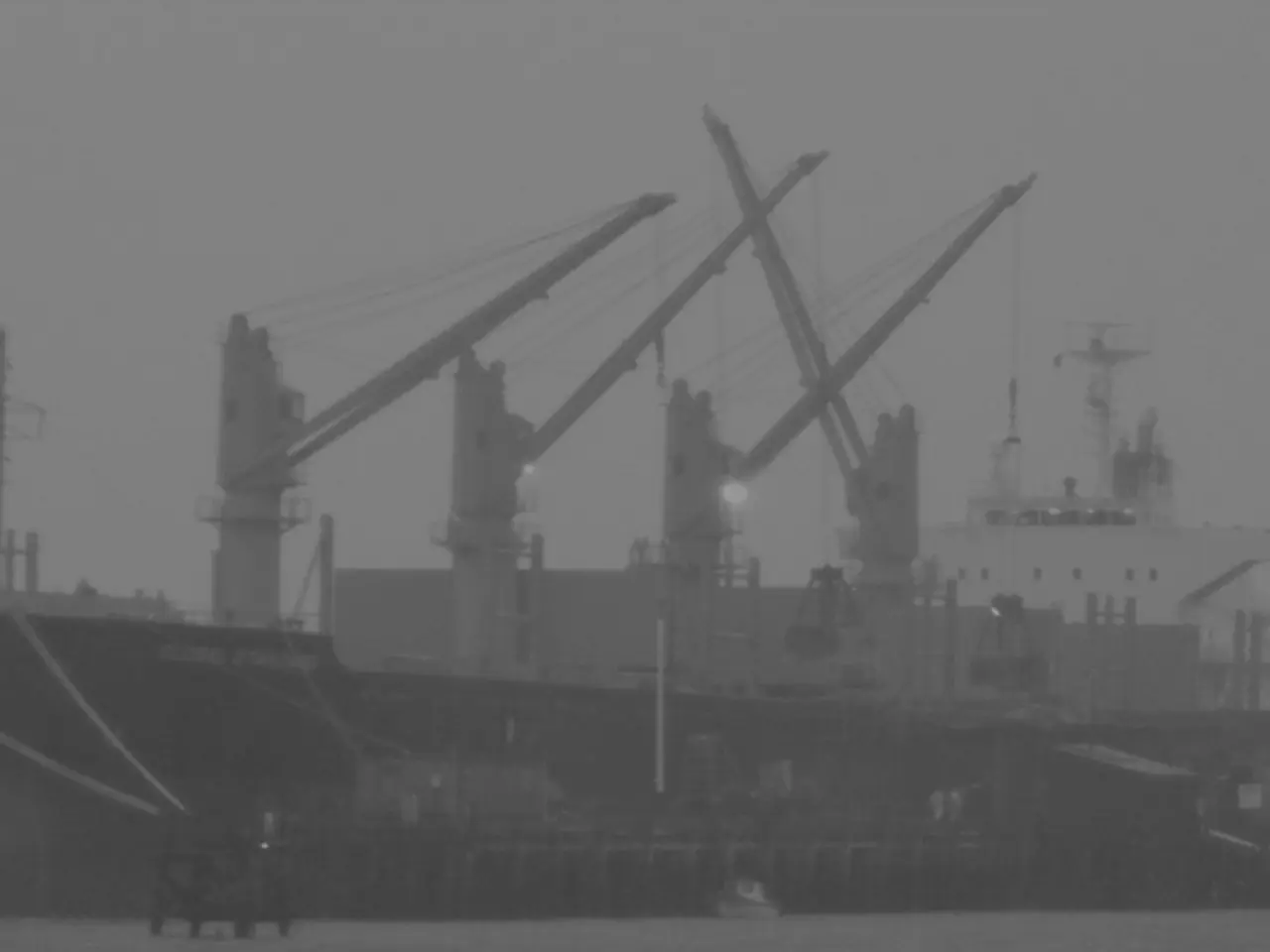Discovering the hidden three-masted Russian vessel submerged on the coast of Iran
===============================================================================
An 18th-century Russian shipwreck, discovered near Zaghemarz, Iran, in the Caspian Sea, is shedding light on the naval practices and trade routes of the era.
Historical Significance
The discovery underscores the historical significance of the Caspian Sea in cultural and commercial exchanges. As a strategic crossroads surrounded by five nations, the Caspian Sea's shores regularly reveal relics attesting to its key role in regional trade.
Russian Maritime Activity
The presence of a Russian shipwreck in this area underscores Russia’s naval presence and ambitions in the Caspian during the 18th century. As Russia was actively expanding its influence southward, consolidating control over the Caspian Sea region, the shipwreck serves as a testament to its strategic interest in controlling regional waterways and trade routes against rival powers such as Persia (Iran) and the Ottoman Empire.
Naval and Shipbuilding Practices
The shipwreck provides direct archaeological evidence about Russian ship construction techniques of the period. Analysis of the vessel’s design, materials, and construction methods can reveal how Russian naval architecture adapted to the specific conditions of the Caspian Sea and logistical requirements of 18th-century maritime operations. The ship, measuring 92 feet long and 26 feet wide, features a three-masted structure and double hull, demonstrating sophisticated engineering meant to ensure both robustness and stability in the sometimes unpredictable Caspian Sea conditions.
Trade and Military Routes
The Caspian Sea was a critical corridor for trade and military transport linking Russia, Persia, and Central Asia. Examination of remnants within the wreck revealed three wicker baskets containing mainly buckwheat seeds, a strategic crop in the maritime economy of the era. Such findings can provide clues about the nature of goods transported and the interactions between regional powers.
Cultural Exchange and Political Context
The shipwreck also offers a snapshot of the broader geopolitical context, including Russia’s engagements with Persian territories under rulers like Nader Shah and later Qajar dynasty efforts. It may shed light on diplomatic, military, or commercial exchanges and conflicts.
Challenges in Excavation
The excavation of the shipwreck faced challenges, including preventing further marine erosion that could degrade the structure. A sandbag wall was erected alongside the shipwreck for protection during the excavation process.
Future Research
The precise function of the shipwreck remains a mystery for researchers. Further study of the shipwreck and its cargo can provide valuable insights into the maritime history of the Caspian Sea region, Russian maritime strategy, and the intertwined commercial and political dynamics of the era. The woods found in the ship, such as Scots pine and spruce/fir, are common in the Volga basin and Caucasus regions, indicating meticulous construction for prolonged maritime voyages.
In 2024, the international research team from various organisations collaborating with Tehran's Underwater Archaeology Faculty discovered the shipwreck. The historical relic offers a unique glimpse into the economic and cultural exchanges that took place in the 18th century around the Caspian Sea.
The discovery of the 18th-century Russian shipwreck has sparked interest in scientific research related to space-and-astronomy, as understanding the history of shipbuilding and navigation techniques in the Caspian Sea could further our knowledge about early astronomical calculations, potentially shedding light on the celestial navigation practices of the era.
The excavated shipwreck has not only provided evidence of advanced technology applied during its construction but also facilitated the exploration of scientific methods, particularly in the field of materials engineering. For instance, the double hull design demonstrates a smart utilization of technology to ensure robustness and stability in harsh marine conditions, illustrating a scientific innovation that might have application in modern spacecraft engineering.




